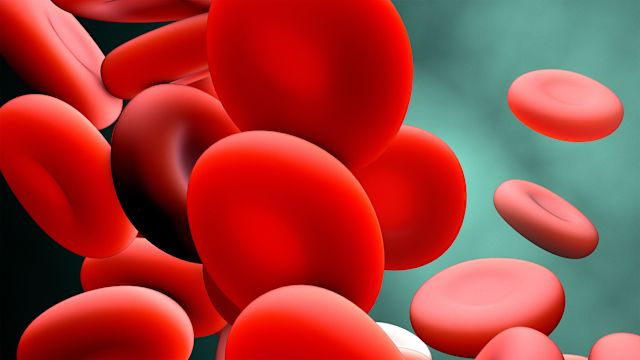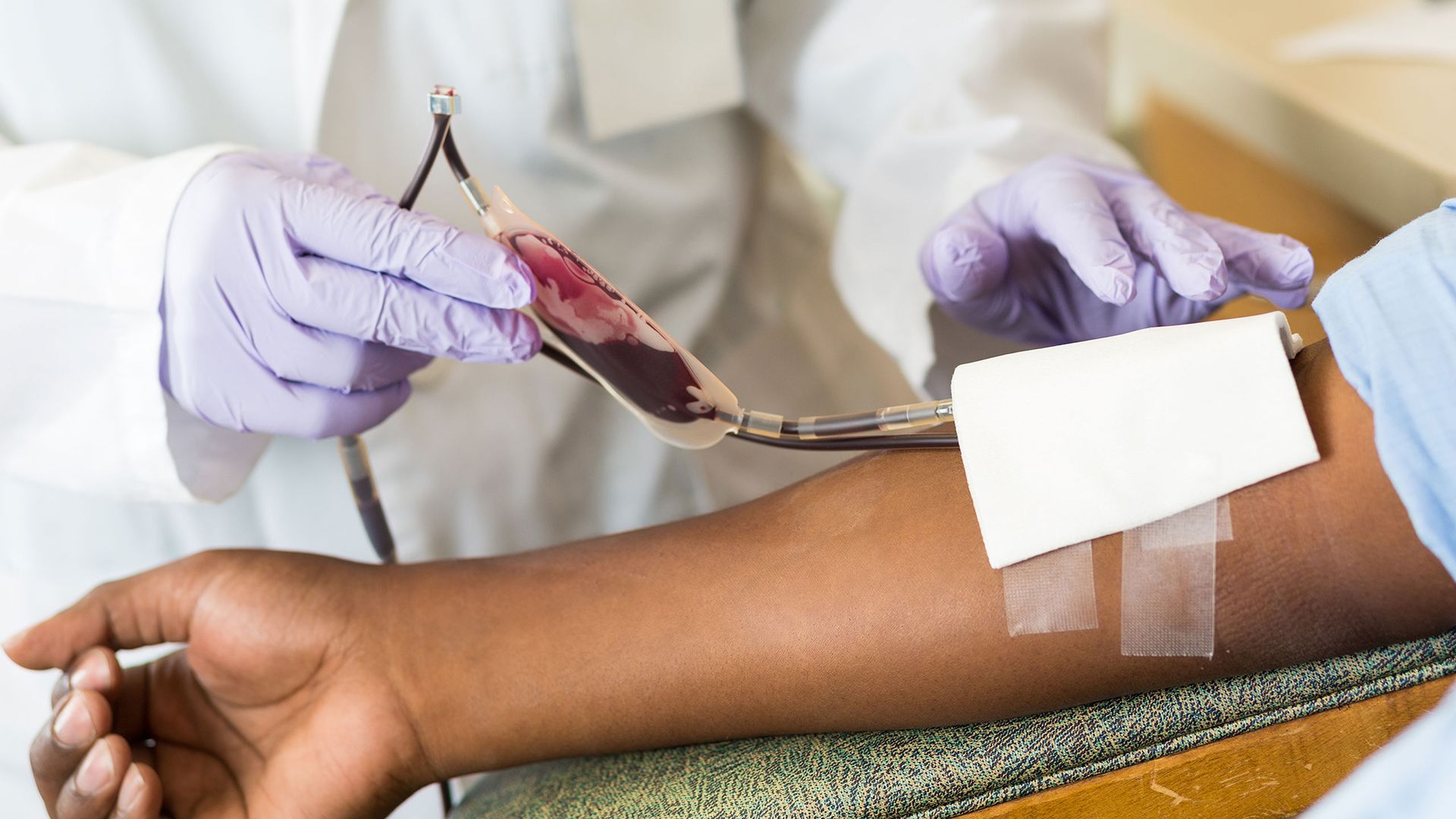Porphyria is the name given to a group of metabolic disorders related to abnormal enzyme activity during the production of heme, an important component in numerous substances the body depends on to function properly. Different types of porphyrias cause different symptoms. Some affect the nervous system, some affect the skin, some affect both.
Types of porphyria
There are eight enzymes needed for the body to synthesize heme, and (in simplified terms) each acts as a stage in the heme-making process. Porphyrins are natural chemical compounds that result at each stage. When the body is deficient in one of these enzymes, heme production bottlenecks, and it is stuck with porphyrins it cannot continue converting into heme. This results in a buildup of porphyrins in the body, which can disrupt normal functioning and cause a variety of symptoms.
The different types of porphyria are named based on the specific enzyme that is deficient. Different types of porphyria can also be placed into broader categories.
Acute porphyria
A simple method for classifying porphyrias is by labeling them acute or cutaneous. In medical terms, “acute” is used to describe symptoms that appear suddenly and progress quickly. Acute porphyrias typically affect nerves—either peripheral nerves near the surface of the body, or visceral nerves in the organs. Acute porphyrias can cause a variety of symptoms:
- Neurological symptoms, which can include pain (in the back, chest and legs), tingling and numbness in the hands and feet, muscle weakness or paralysis, rapid heartbeat, difficulty breathing and seizures.
- Mental changes, such as confusion, anxiety, paranoia and hallucinations.
- Gastrointestinal symptoms, such as nausea and vomiting, constipation or diarrhea, and abdominal pain.
- Problems urinating, such as difficulty emptying the bladder, and urine that is red or brown in color.
There are four types of porphyria that are categorized as acute:
- Acute intermittent porphyria
- Hereditary coproporphyria
- Variegate porphyria
- Delta-aminolevulinate-dehydratase deficiency porphyria
Cutaneous porphyria
Cutaneous porphyrias cause skin symptoms (“cutaneous” being the clinical term for something that relates to the skin). With this type, porphyrins accumulate in the skin, and exposure to sunlight causes these porphyrins to become unstable. As a result, the skin can become blistered, red, swollen and itchy. Two types of acute porphyria—variegate porphyria and hereditary coproporphyria—also cause cutaneous symptoms.
There are four types of cutaneous porphyria:
- Congenital erythropoietic porphyria
- Porphyria cutanea tarda
- Hepatoerythropoitic porphyria
- Erythropoietic protoporphyria
Erythropoietic and hepatic porphyrias
Heme is produced in the bone marrow and the liver, and porphyrias can also be categorized based on the location in the body that is producing an excess amount of porphyrins—heptic types, for porphyrins produced in the liver, and erythropoietic types, for porphyrins are produced by the bone marrow.
Secondary porphyria
To diagnose porphyria, a healthcare provider will order diagnostic tests that look for levels of porphyrins in the blood, urine and/or stool. Trace amounts of porphyrins are normal, but high levels indicate porphyria. A healthcare provider may also recommend DNA testing to look for genetic mutations that are known to cause porphyrias.
In some cases, high levels of porphyrins in the urine are the result of something other than porphyria. This can be a health condition, such as blood disorders or liver disorders, or exposure to toxic substances, such as lead, alcohol and benzene (an industrial chemical). This is called secondary porphyria.
If you or a loved one has any variety of porphyria, it is important to work with your healthcare provider to get an accurate diagnosis and treatment. There are effective treatments available for porphyrias, and the disorders can often be controlled with medications, lifestyle changes and steps to avoid triggers.





